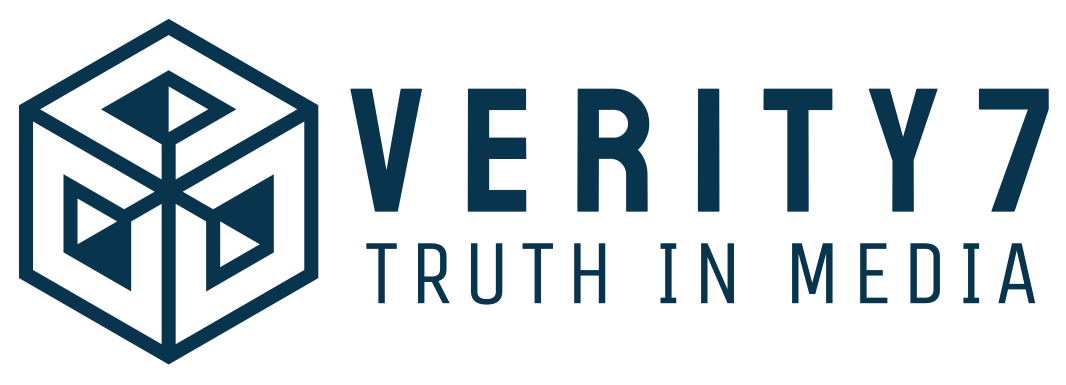Disinformation presents a difficult topic under the best of circumstances. But when you think about how disinformation might impact you personally or your organization directly, it can become paralyzing. Or at least that is what we have been learning as we roll out our immersive anti-disinformation training modules to actual companies.
The purpose of disinformation is to cause trouble. To make you upset. To distract you. To trick you into doing or saying something you might later regret. Some disinformation is targeted for monetary gain. Sometimes it’s just that some people like to make a mess wherever they go.
Disinformation is wrong on purpose, and often meant to cause harm. This stands in contrast to misinformation, which is incorrect information but often due to a mistake or misunderstanding. Putting out a misinformation fire typically is much more straightforward than putting out a disinformation fire. Often misinformation can be corrected simply by stating facts. Combating disinformation may require a more deft approach, and it may help to be prepared.
While it’s understandable not to want to engage with trolls; and it’s understandable too that you may not want to even contemplate disinformation and the damage it might cause; the fact is that disinformation in an age of AI and troll farms is a part of the digital marketing landscape that cannot be ignored.
Here are four ways disinformation can send you off track. We call it. . .
The Triggering Cocktail:
- Erosion of Trust: Disinformation attacks strike at the very core of a company’s identity, eroding the trust it has built with its stakeholders. This erosion triggers a fear of losing control, of watching the corporate narrative crumble under the weight of other people’s lies. The very foundation of your authority is called into question, and the resulting sense of vulnerability is unsettling.
- Fear, Uncertainty and Doubt: Disinformation exploits uncertainty and sows doubt. Often disinformation is proactive and purpose-driven. Executives may feel like they’re steering a ship in a storm with no compass—all the while with torpedoes aimed amidships.
- Amplification Anxiety: Addressing disinformation can feel like playing a dangerous game. Responding directly can inadvertently amplify the message, giving it undue attention and legitimizing its existence. This fear of “feeding the beast” can lead to paralysis, leaving the organization frozen–unable to navigate the minefield of public discourse.
- Public Relations Juggernaut: Every word stands to be dissected and scrutinized under the unforgiving lens of social media. The fear of missteps, of saying the wrong thing and further escalating the situation, can be paralyzing. This fear often leads to a communication strategy of silence, hoping the storm will pass without further intervention. This rarely works.
The Hidden Cost of Inaction:
Avoidance strategies almost always come at a significant cost. By hoping disinformation “goes away” because the organization was not prepared to fight it off, executives inadvertently cede the narrative to the very forces they fear. The silence can be interpreted as guilt, as a tacit admission of wrongdoing. This can damage the company’s reputation even further, eroding trust and loyalty among customers and employees alike.
Furthermore, disinformation has a tendency to stay in the narrative. What starts as a rumor on X can snowball into a full-blown boycott, a shareholder revolt, or even legal trouble. The longer disinformation festers, the more difficult and expensive it becomes to heal.
So, how can executives break free from the grip of fear and effectively confront disinformation attacks?
Here are five steps:
Disinformation Recovery Roadmap
- Acknowledge and Address: Break the silence. Engage the disinformation attack, taking care not to amplify the message itself. Instead, focus on providing accurate information and debunking the lies through credible sources. Transparency and honesty are key to battling trolls and liars.
- Seek Expert Guidance: Disinformation is a complex beast, and navigating its murky waters requires specialized skills. Seek the help of crisis communication specialists and data analysts who can understand the landscape and develop a strategic response. Anti-disinformation training from Verity7—deploying Prevency’s immersive training environment—can help unlock value even in disinformation.
- Empower Employees: Disinformation thrives in the shadows. Employees who are equipped with the knowledge and tools to identify and counter disinformation can be a company’s first line of defense. Train employees on basic digital literacy and encourage open communication.
- Embrace the Human Element: Disinformation thrives on division. Counter it by focusing on shared values and empathy. Humanize your company, tell your story, and engage with stakeholders in a genuine and open way.
- Invest in Long-Term Solutions: Disinformation is not a one-time event. It’s an ongoing battle that requires continuous vigilance and investment. Develop robust monitoring systems, invest in fact-checking initiatives, and keep your teams trained up and ready to deal with disinformation in real-time.
Executives can no longer afford to ignore disinformation threats. By acknowledging their vulnerabilities, seeking expert guidance, and embracing open communication, companies can learn to navigate the minefield of online falsehoods and emerge stronger and more resilient than before.
Verity7 pioneers truth in media, arming organizations against disinformation. We assess threats, train through Prevency’s SaaS module, and provide a clear roadmap for preparedness. Elevate your resilience with Verity7 – where truth meets action.





